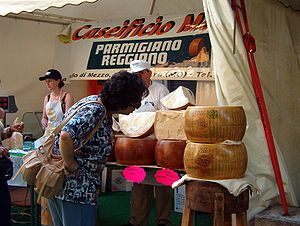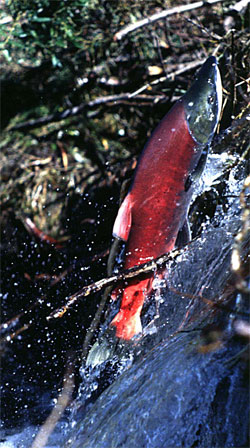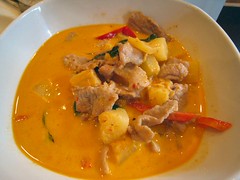| Image via Wikipedia
The interior of a Costco in South San Francisco, Calif.
|
Editor's note: How many food retailers publish their markup or try to sell for as little as they can? That's part of the philosophy behind Costco Wholesale. Today, I also discuss a sour note during an otherwise great Korean dinner at Gammeeok in Palisades Park.
By VICTOR E. SASSON
EDITOR
I am spending more and more of my food dollars at Costco Wholesale, lured by high quality and low prices -- plus cash rebates that more than cover the annual membership fee.
Now, an article in in the January 2012 edition of Costco Connection -- called a lifestyle magazine for members -- explains the history and philosophy behind the warehouse store.
The writers say Costco's well-known strategies are "keeping markup to no more than 14 percent over cost (15 percent for Kirkland Signature products); providing a money-back guarantee on products and membership fees; focusing on a narrow selection of products in a wide range of categories; proceeding with steady, but cautious growth; and never selling seconds or other inferior good."
Costco also pays "above-average salaries," and offers health insurance to most employees.
The history of Costco Wholesale is traced to a new retail concept established by Fed-Mart in 1954 in San Diego, then to the Price Club, which opened its first store in 1976 in San Diego. Costco, which opened its first store in Seattle in 1983, merged with Price Club in 1993.
Today, Costco sells the highest quality food outside of Whole Foods Market and Trader Joe's, and its prices are often unbeatable.
We paid for rice
Rice is an integral part of every Korean meal, but when we used a Groupon at Gammeeok in Palisades Park on New Year's Eve, we were charged $3.74 for two small bowls of the starchy staple.
The Groupon was for pork-filled dumplings, a seafood pancake and beef barbecue -- two appetizers and an entree that normally cost $37.85. The Groupon was $18.
But if you ordered that same meal at any other Korean restaurant, you'd get free rice. I suppose the discount coupon we used at Gammeeok made a difference.
My wife and son shared those dishes, and they especially liked the hot, thick, crisp pancake with tender bits of squid and other seafood.
I ordered a stone-bowl bibimbap, and asked the kitchen to hold the ground beef and cook the raw egg that are usually placed over steamed rice and shredded vegetables ($13.95).
You also get a mildly spicy red paste called gochujang that you add before mixing everything up and eating it with a spoon. It's my favorite Korean comfort food.
Free side dishes
Of course, we got four free side dishes: napa cabbage leaves, hot green peppers, shredded radish kimchi in vinegar and Gammeeok's wonderfully spicy cabbage and cubed radish kimchi, which are sweeter than most.
We had three small plates of cabbage and radish kimchi, and ordered a large container of the cabbage kimchi to go ($6.95). I brought a bottle of French sparkling wine to toast the new year during our meal.
Our meal for three cost $46.41, including the $18 I paid for the Groupon, a $9 tip and tax.
UPDATE: This restaurant is no longer in business, and the original New Jersey branch in Fort Lee was closed by a fire.
Related articles




















